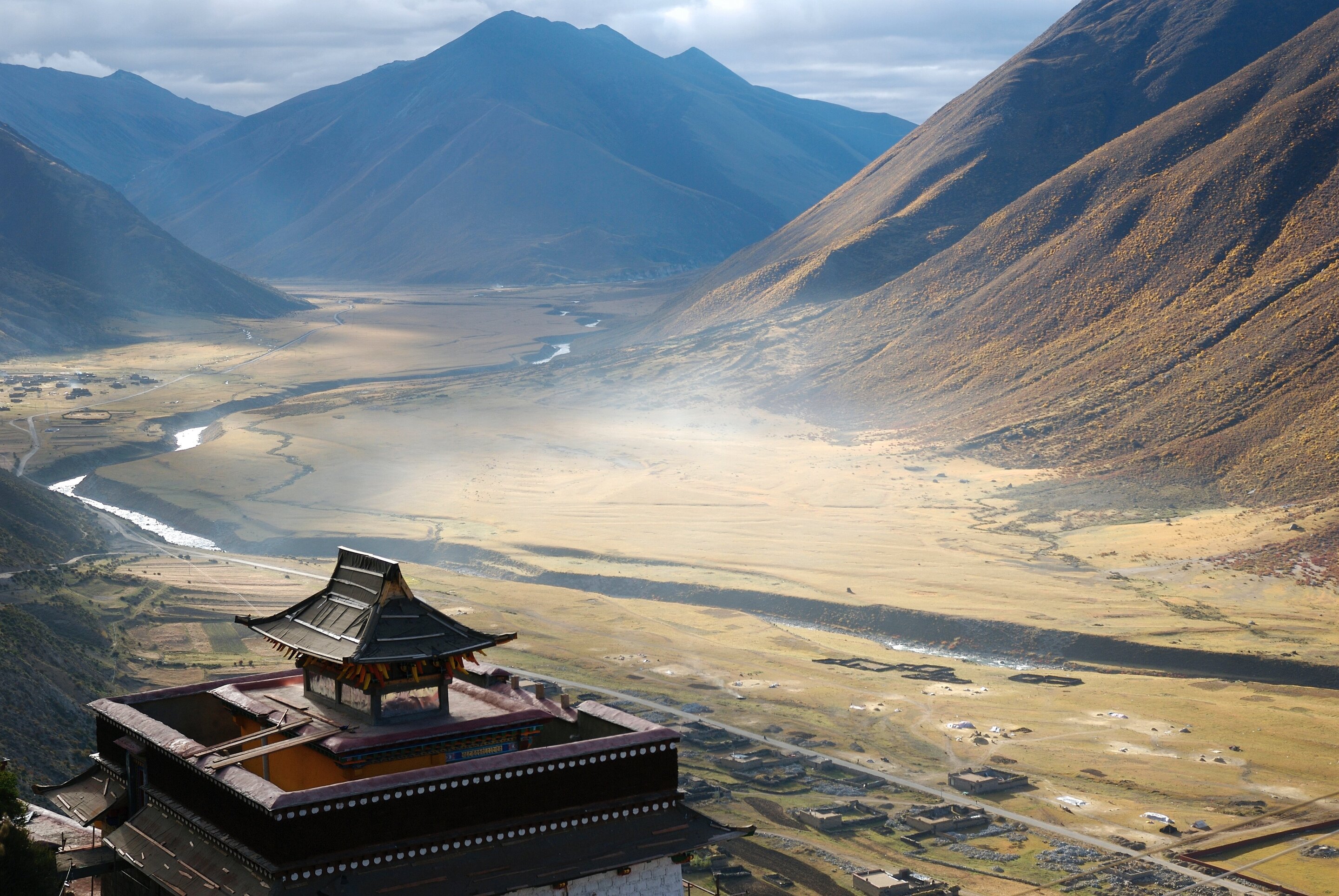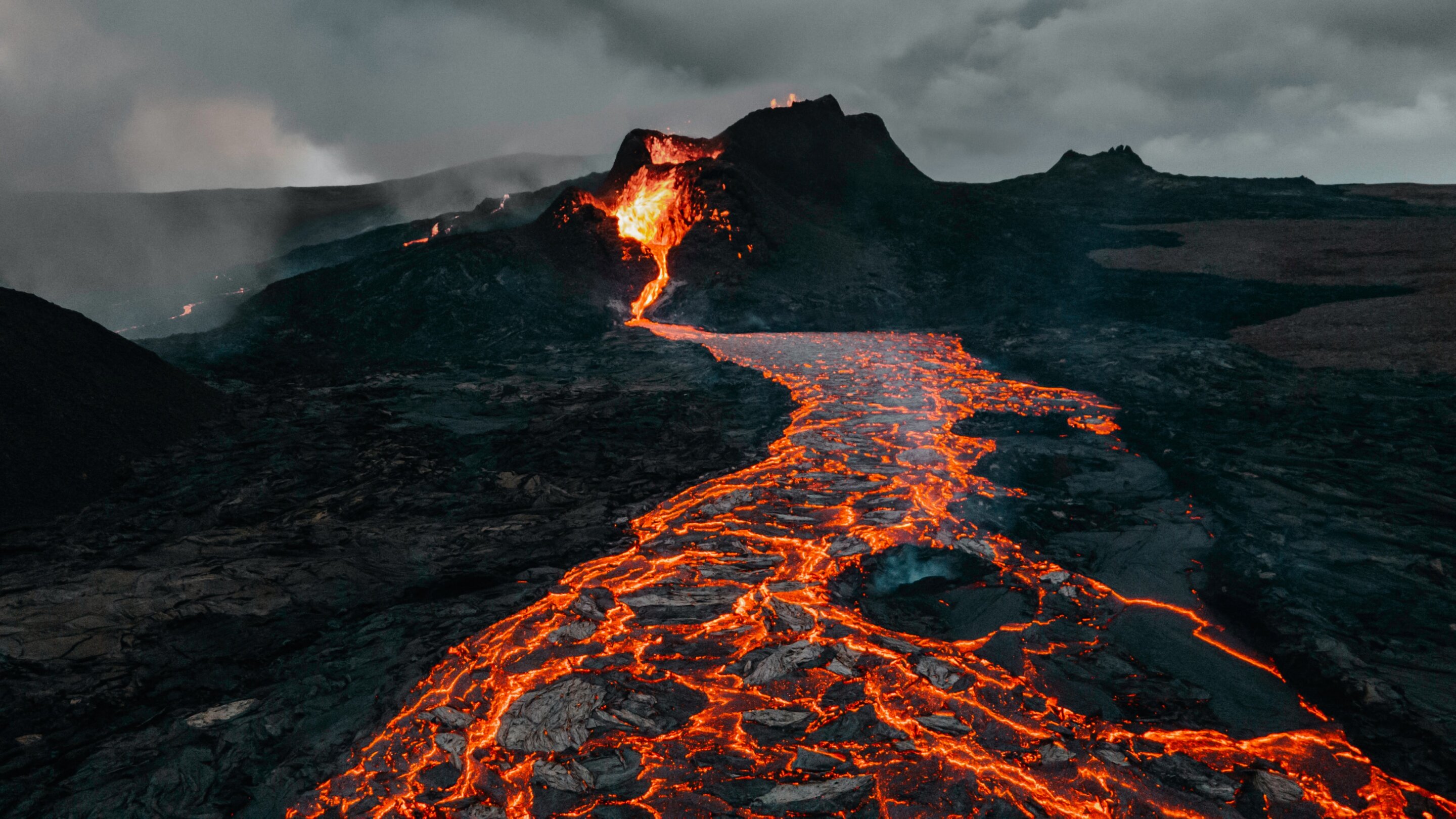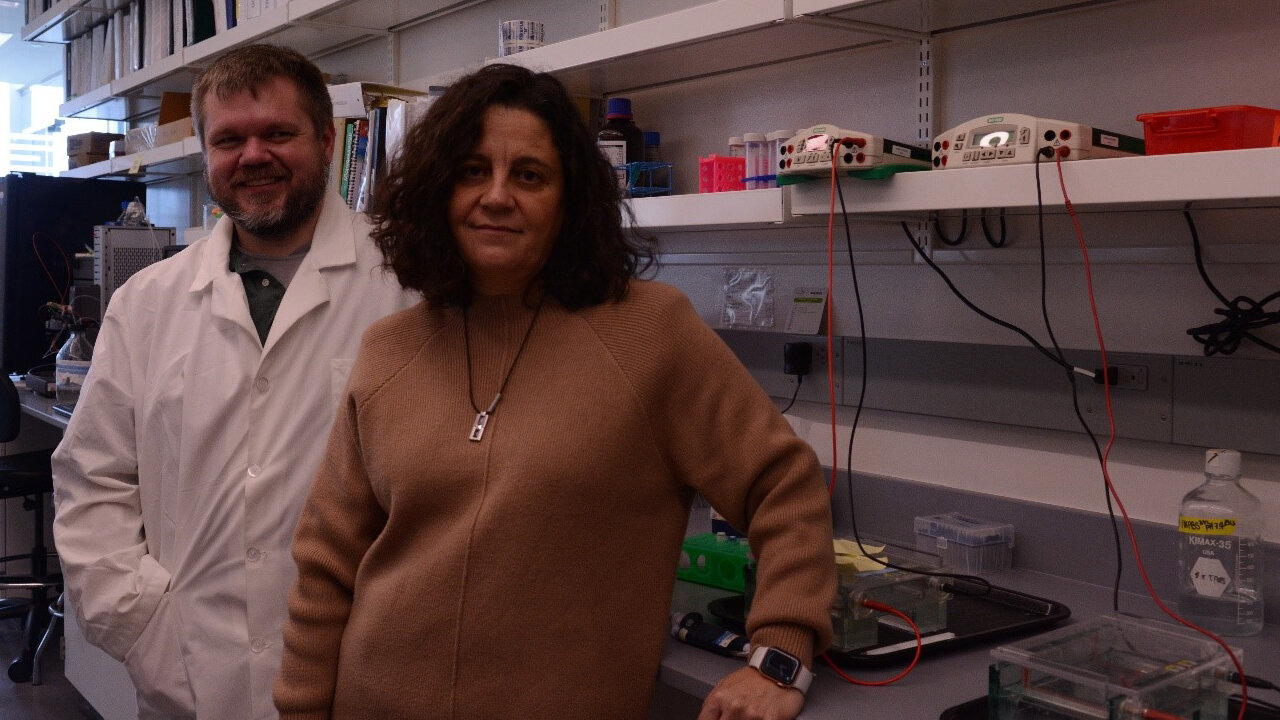#Active layer in different freeze-thaw stages modifies soil respiration dynamics

“#Active layer in different freeze-thaw stages modifies soil respiration dynamics”

Soil respiration is a significant indicator for estimating the terrestrial carbon budget under climate change. It is the second-largest source of carbon emissions to the atmosphere from the terrestrial ecosystem on a global scale.
The Qinghai-Tibet Plateau (QTP) is the widest area distributed with permafrost in the low and middle latitudes. The active layer, a buffer between permafrost and atmosphere, is more sensitive and responds more quickly to climate change. The freezing and thawing process of the active layer significantly controlled the soil respiration of the alpine meadow in the permafrost region QTP. However, how the freeze-thaw action regulates the carbon emissions is still unclear.
Recently, scientists from the Northwest Institute of Eco-Environment and Resources (NIEER) of the Chinese Academy of Sciences (CAS) conducted a two-year continuous in-situ measurement at an alpine meadow permafrost ecosystem in QTP.
The scientists divided the freeze–thaw processes into four different stages in a complete freeze–thaw cycle comprising the summer thawing stage, autumn freezing stage, winter cooling stage, and spring warming stage, and they found that the freeze-thaw process modified the soil respiration dynamics differently in different stages.
In this study, they determined the dynamics of the soil respiration during a complete freeze-thaw process of the active layer and compared the soil respiration patterns among the different freeze-thaw stages and their contribution to total soil respiration emission in a complete freeze-thaw cycle in this region.
Then they established a preferable soil respiration model to accurately predict the soil CO2 emission of each freeze-thaw stage.
Results shows that great changes in freeze-thaw process patterns may trigger more soil respiration emission as the permafrost degrades and active layer thickens.
Besides, the scientists found that the soil temperature was the key factor affecting soil respiration regardless of soil water status during each freeze-thaw stage.
This study has been published in The Cryosphere in a paper titled “Soil respiration of alpine meadow is controlled by freeze–thaw processes of active layer in the permafrost region of the Qinghai–Tibet Plateau.”
Soil freeze-thaw stimulates nitrous oxide emissions from alpine meadows
Junfeng Wang et al. Soil respiration of alpine meadow is controlled by freeze–thaw processes of active layer in the permafrost region of the Qinghai–Tibet Plateau, The Cryosphere (2020). DOI: 10.5194/tc-14-2835-2020
Citation:
Active layer in different freeze-thaw stages modifies soil respiration dynamics (2020, September 25)
retrieved 25 September 2020
from https://phys.org/news/2020-09-layer-freeze-thaw-stages-soil-respiration.html
This document is subject to copyright. Apart from any fair dealing for the purpose of private study or research, no
part may be reproduced without the written permission. The content is provided for information purposes only.
For forums sites go to Forum.BuradaBiliyorum.Com
If you want to read more Like this articles, you can visit our Science category.




